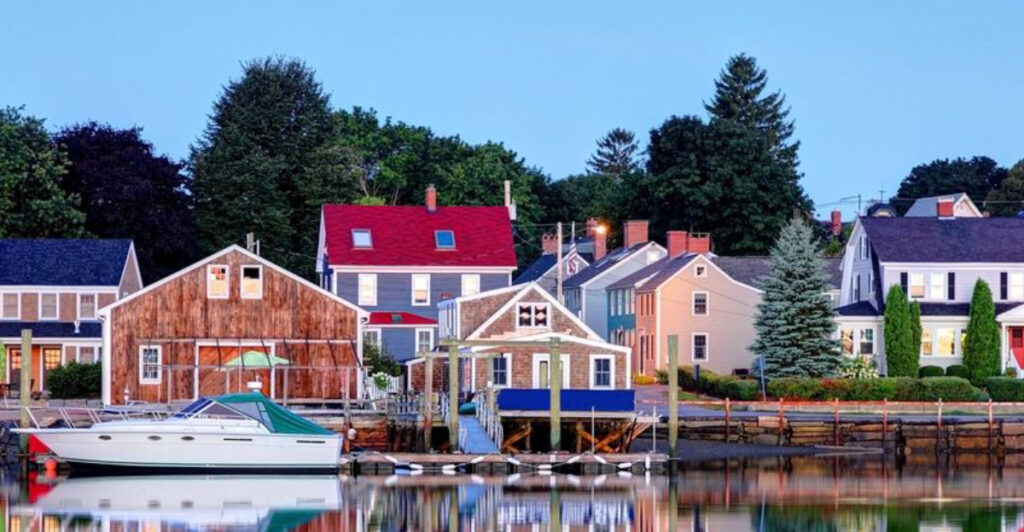America’s most famous historic destinations like Williamsburg and Gettysburg get all the attention, but hidden gems across the country hold equally fascinating stories. From ghost towns frozen in time to colonial seaports that shaped our nation, these lesser-known places offer authentic glimpses into America’s past. Many locals consider these towns more special than the crowded tourist traps everyone talks about. Ready to discover some incredible historic places that deserve a spot on your travel list?
1. West Overton, Pennsylvania
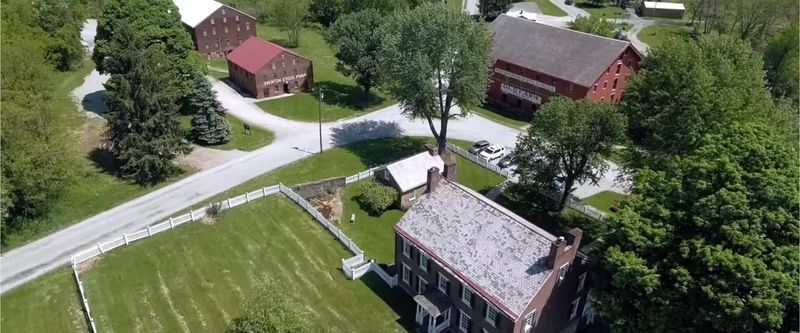
Walking through West Overton feels like stepping back to the 1850s when whiskey was king. This remarkable place stands as America’s only completely intact pre-Civil War industrial village, built specifically for producing famous Monongahela rye whiskey.
Every building tells the story of how entire communities once revolved around single industries. The original distillery, worker houses, and company store remain exactly where they were placed over 170 years ago.
Educational tours bring the village’s bustling past to life, showing visitors how families lived and worked in this self-contained world. History buffs will find authentic details everywhere they look.
2. Mogollon, New Mexico
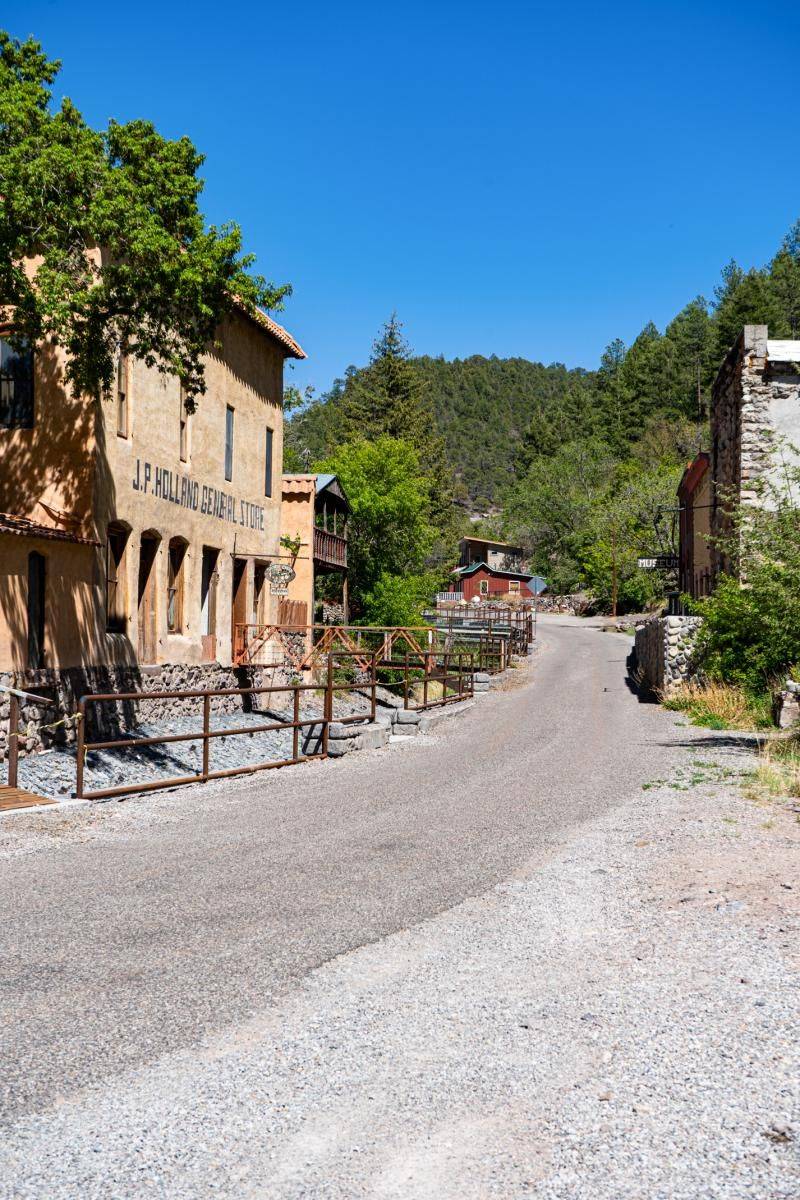
High in New Mexico’s rugged mountains sits Mogollon, a ghost town so remote that many locals keep its exact location secret. Founded during the 1880s silver boom, this mining settlement once buzzed with over 2,000 residents seeking their fortunes.
Today, weathered wooden buildings and mining equipment create an eerie museum frozen in time. The isolation that killed the town now preserves it perfectly for modern explorers.
Getting there requires a challenging mountain drive, but adventurous visitors discover authentic Old West atmosphere without tourist crowds. Original structures still stand guard over empty streets where miners once walked daily.
3. Sautee Nacoochee, Georgia
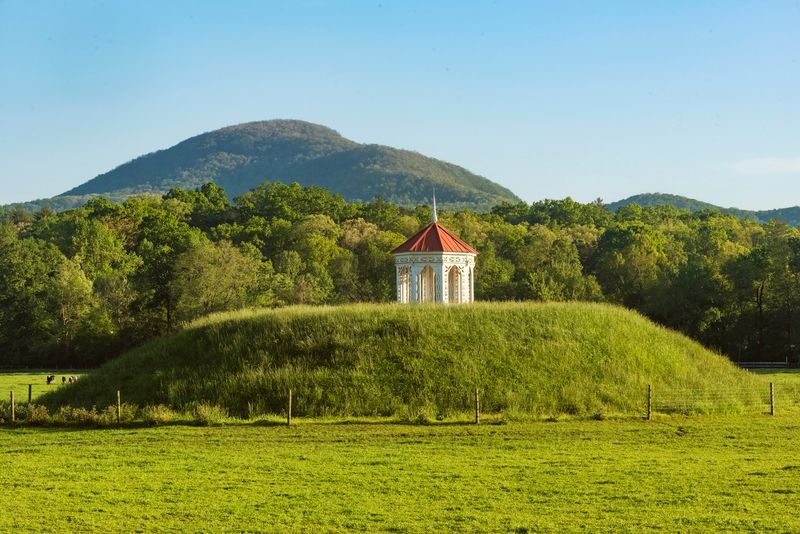
Cherokee legends say this peaceful valley holds ancient magic, and visitors often feel something special in the air. The town’s unusual name comes from a tragic Native American love story that locals still tell around evening fires.
Beautiful historic buildings blend seamlessly with the natural landscape that indigenous peoples considered sacred for centuries. Rolling hills and clear streams create the perfect backdrop for preserved 19th-century architecture.
Local festivals celebrate both Cherokee heritage and pioneer history, giving visitors chances to experience multiple layers of American culture. The combination of natural beauty and deep cultural roots makes this valley truly unique.
4. Saint Elmo, Colorado
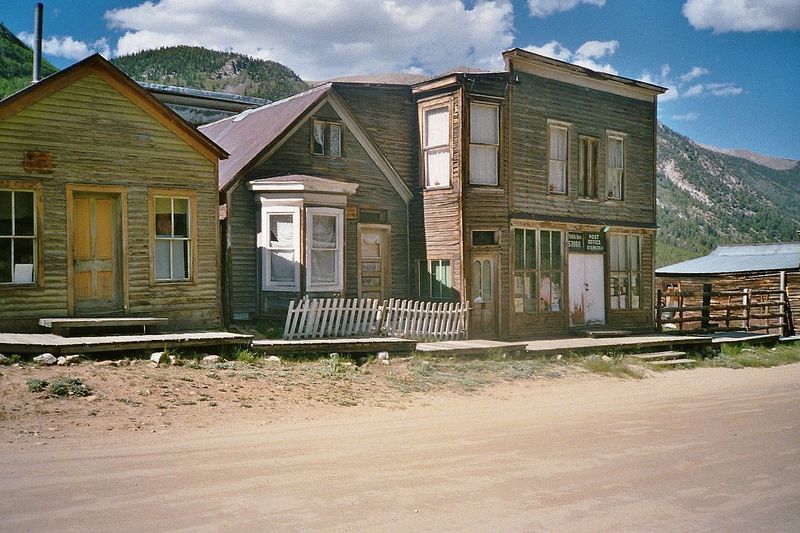
Perched at 10,000 feet in the stunning Sawatch Range, Saint Elmo ranks among America’s best-preserved ghost towns. Founded in 1880 during Colorado’s mining frenzy, this mountain settlement once supported 2,000 hardy souls chasing gold and silver dreams.
Unlike many ghost towns, Saint Elmo’s buildings remain remarkably intact after 140+ years of harsh mountain weather. The general store, schoolhouse, and dozens of homes look ready for residents to return tomorrow.
Summer visitors can explore the entire town on foot, imagining life at such extreme altitude. The dramatic mountain setting makes every photograph look like a movie scene.
5. Pleasant Hill (Shakervillage), Kentucky
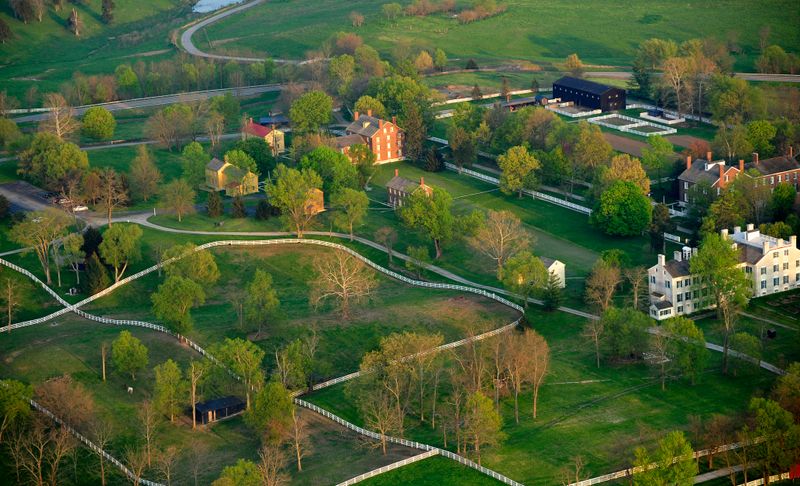
The Shakers who built this community believed in creating heaven on earth through perfect craftsmanship and simple living. Their 19th-century village demonstrates how religious dedication could produce stunning architecture and innovative farming techniques.
Thirty-four original buildings showcase the Shaker philosophy that beauty emerges from function and careful attention to detail. Every door hinge, window frame, and floor plank reflects their commitment to excellence.
Modern visitors can stay overnight in restored Shaker buildings, experiencing the peaceful atmosphere that once supported 500 community members. The tranquil setting helps people understand why this lifestyle attracted so many followers.
6. Bannack, Montana
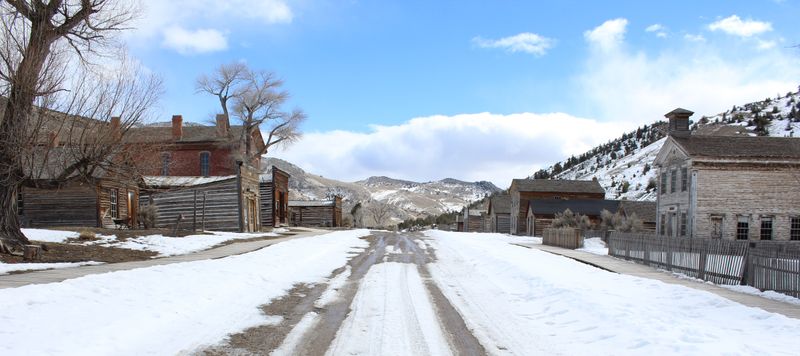
Montana’s first territorial capital, Bannack exploded into existence when gold was discovered in 1862. Within months, this remote valley filled with thousands of prospectors, saloons, and the kind of wild frontier energy that defined the American West.
Today, sixty original buildings create an authentic ghost town experience without modern intrusions. The old schoolhouse, hotel, and jail look exactly as they did when Sheriff Henry Plummer ruled this lawless territory.
Park rangers offer guided tours that bring Bannack’s dramatic boom-and-bust story to life. Visitors learn about gold mining, frontier justice, and the incredible hardships faced by early Montana settlers.
7. Skaneateles, New York
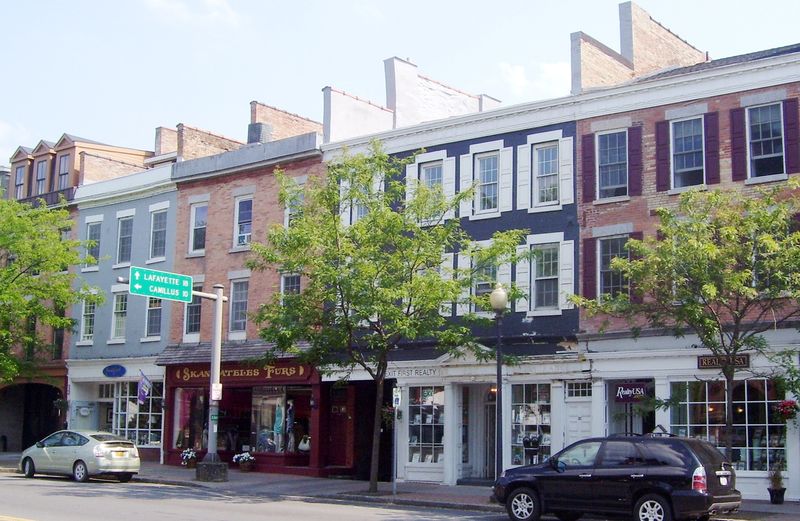
Nestled beside one of the Finger Lakes’ most pristine waters, Skaneateles looks like a Victorian postcard come to life. Cobblestone streets wind between perfectly preserved 19th-century homes that wealthy families built as summer retreats.
The town’s famous Dickens Christmas celebration transforms winter streets into scenes from classic literature. Local actors in period costumes create magical holiday atmosphere that draws visitors from across the region.
Crystal-clear lake waters and charming downtown shops make this village feel timeless year-round. Many consider it the most beautiful small town in upstate New York, and photographs rarely capture its full charm.
8. Duluth, Minnesota
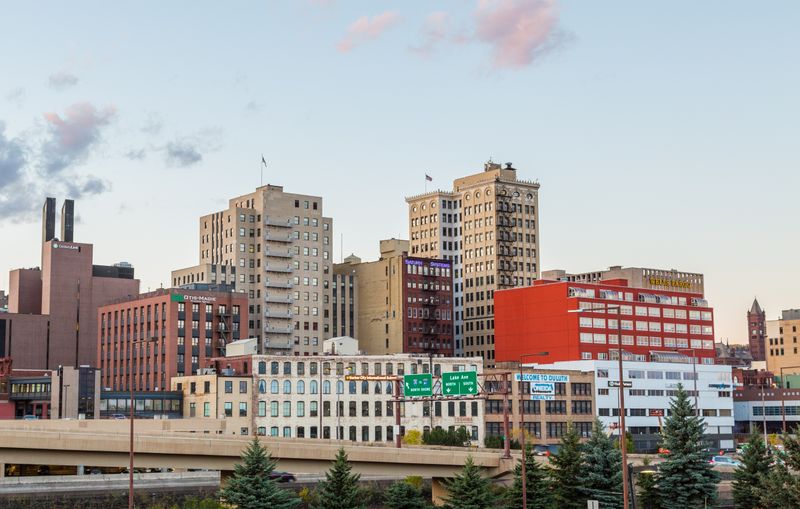
During America’s Gilded Age, Duluth’s harbor made it one of the world’s busiest ports, and wealthy shipping magnates built mansions to match their fortunes. This Lake Superior city became known as the “Zenith City of the Unsalted Seas.”
Magnificent historic homes line the hillsides above the harbor, showcasing architectural styles from Queen Anne to Colonial Revival. The railroad heritage lives on through preserved depots and maritime museums.
Beyond the famous lake views, Duluth’s historic districts reveal layers of immigrant culture and industrial innovation. Walking tours help visitors understand how this northern city became a crucial link in American commerce.
9. Charlottesville, Virginia
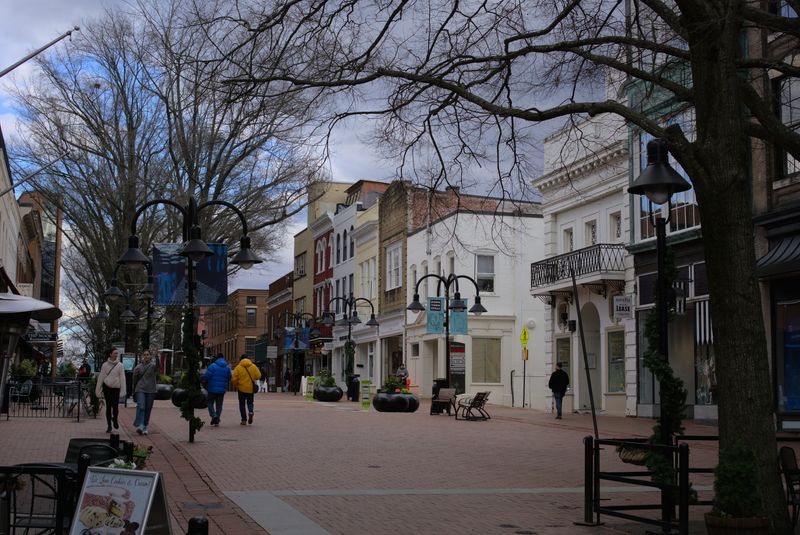
Two of America’s most important Founding Fathers called this Virginia city home, leaving behind architectural masterpieces that still inspire visitors today. Thomas Jefferson’s Monticello and James Madison’s Montpelier showcase the brilliant minds that shaped our nation.
The historic downtown area preserves buildings where these great men conducted business and social affairs. Tree-lined streets connect sites where American democracy took its earliest forms.
University of Virginia’s campus, designed by Jefferson himself, demonstrates how education and architecture can work together perfectly. Modern Charlottesville balances its weighty historical significance with vibrant contemporary culture that honors the past while embracing the future.
10. Portsmouth, New Hampshire
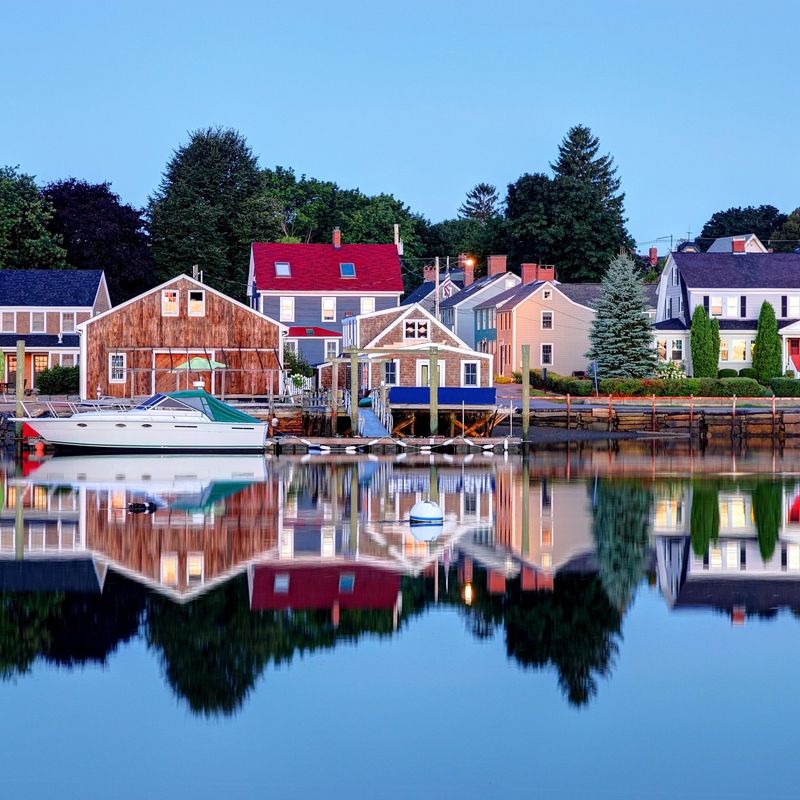
America’s maritime heritage comes alive in this charming seaport that has welcomed ships since 1623. Colonial-era buildings line streets where sea captains and merchants once conducted the business that built a nation.
The historic Strawbery Banke Museum recreates four centuries of neighborhood life through restored houses and costumed interpreters. Visitors experience how families lived, worked, and adapted through changing times.
Portsmouth’s preserved architecture tells stories of prosperity built on ocean trade and naval shipbuilding. The compact downtown area makes it easy to walk through centuries of American history in a single afternoon visit.
11. Galena, Illinois
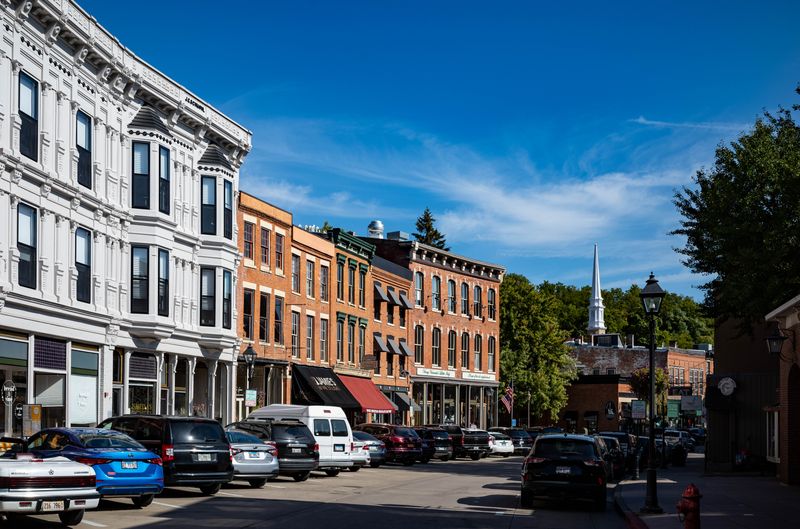
Before the Civil War changed everything, Galena rivaled Chicago as the Midwest’s most important river port. Lead mining brought incredible wealth to this Mississippi River town, funding the elegant Victorian mansions that still line quiet residential streets.
Ulysses S. Grant called Galena home before becoming America’s most famous Civil War general and 18th President. His preserved house gives visitors glimpses into the domestic life of this complex historical figure.
Main Street’s 19th-century storefronts create perfect backdrops for leisurely shopping and dining. The entire downtown area feels like a living museum where history happened naturally rather than being artificially preserved.
12. Harpers Ferry, West Virginia
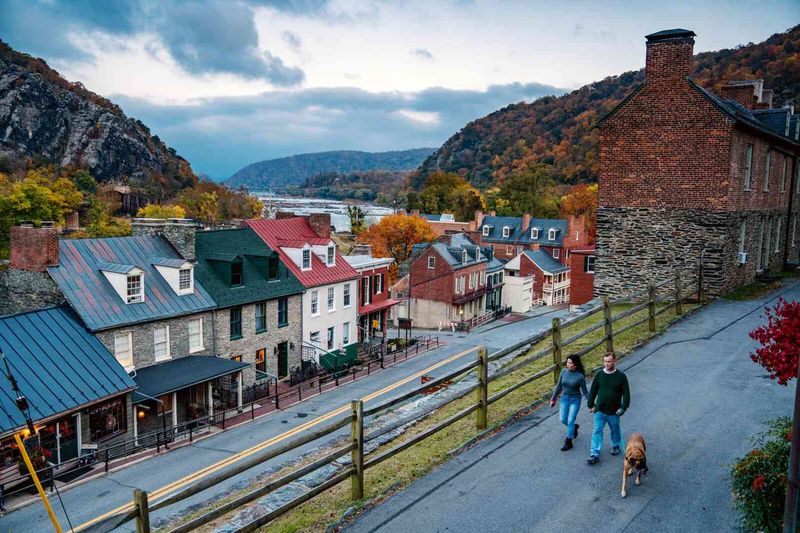
Where two great rivers meet, John Brown’s famous 1859 raid sparked events that would tear America apart just two years later. This small town’s strategic location made it a crucial battleground during the Civil War’s bloodiest chapters.
The National Historical Park preserves buildings where Brown and his followers attempted to start a slave rebellion. Museums and reenactments help visitors understand how this remote location became central to American freedom struggles.
Hiking trails connect historical sites with stunning river views and Appalachian Mountain scenery. The combination of natural beauty and profound historical significance makes every visit both educational and emotionally moving for thoughtful travelers.
13. Bisbee, Arizona
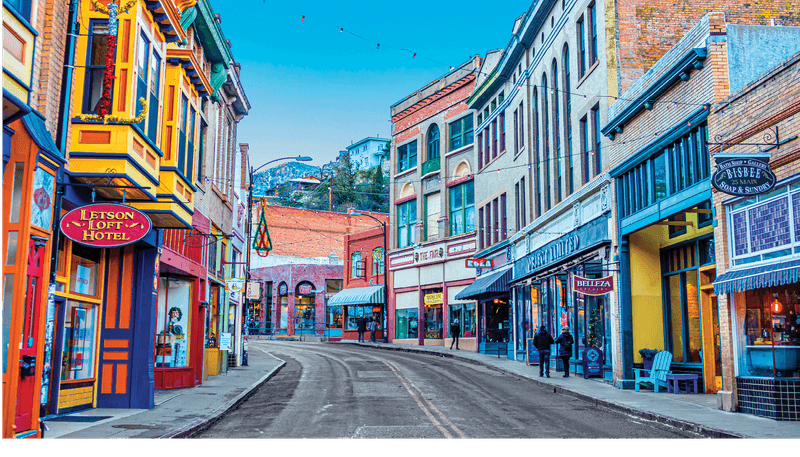
Copper mining transformed this desert mountainside into one of the West’s most prosperous cities, attracting immigrants from around the world seeking underground fortunes. The Queen Mine produced billions of pounds of copper that helped build modern America.
Today, colorful Victorian houses cling to hillsides above the historic downtown district. Former mining buildings now house art galleries, quirky shops, and restaurants that celebrate the town’s multicultural heritage.
Underground mine tours give visitors authentic experiences of the dangerous work that built this community. The combination of Wild West history and contemporary arts culture creates an atmosphere unlike anywhere else in Arizona.
14. Bardstown, Kentucky

Kentucky’s bourbon heritage flows through every street in this charming town that earned the title “Bourbon Capital of the World.” Federal and Georgian architecture from the 1780s creates elegant backdrops for America’s most famous whiskey-making traditions.
The historic Old Talbott Tavern has served travelers since 1779, hosting everyone from Daniel Boone to Abraham Lincoln. Original stone walls and wooden floors hold centuries of Kentucky stories.
Multiple distilleries offer tours that explain how limestone water and careful craftsmanship create world-famous bourbon. The Oscar Getz Museum of Whiskey History provides deeper understanding of how this industry shaped American culture and economy.
15. Taos, New Mexico
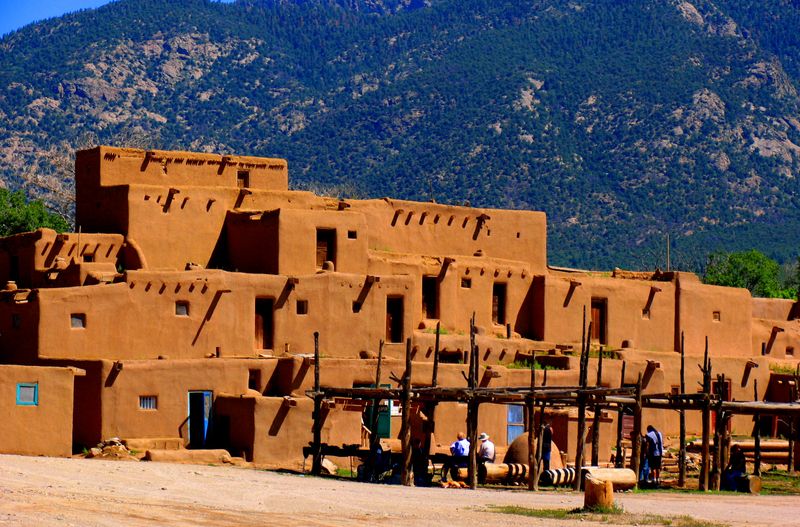
Native American pueblos have stood on this high desert plateau for over 1,000 years, making Taos one of America’s oldest continuously inhabited communities. Adobe buildings seem to grow naturally from the earth beneath the Sangre de Cristo Mountains.
Spanish colonists arrived in the 1600s, blending their culture with existing Pueblo traditions. The result is a unique architectural and cultural fusion found nowhere else in North America.
Artists discovered Taos in the early 1900s, drawn by dramatic landscapes and authentic cultural heritage. Historic art colonies, trading posts, and ceremonial sites create layers of American history spanning ten centuries of continuous human presence.

